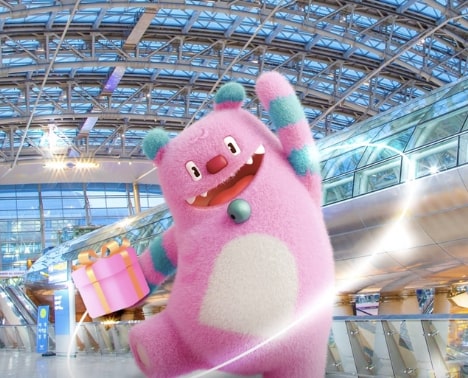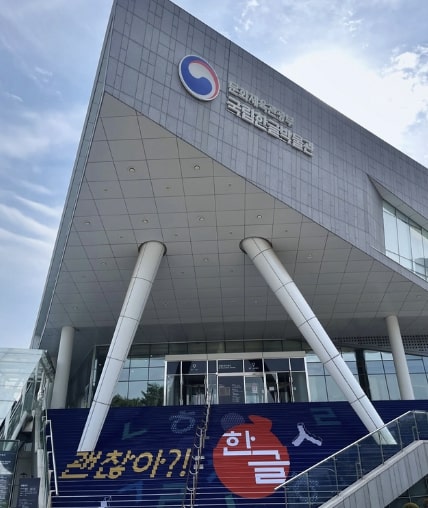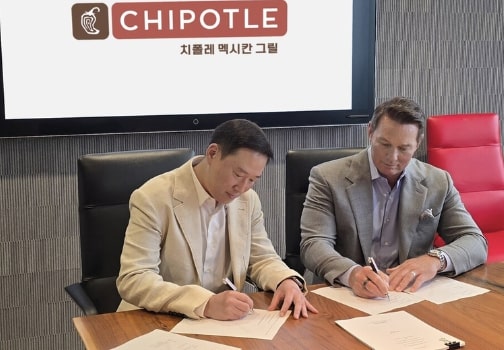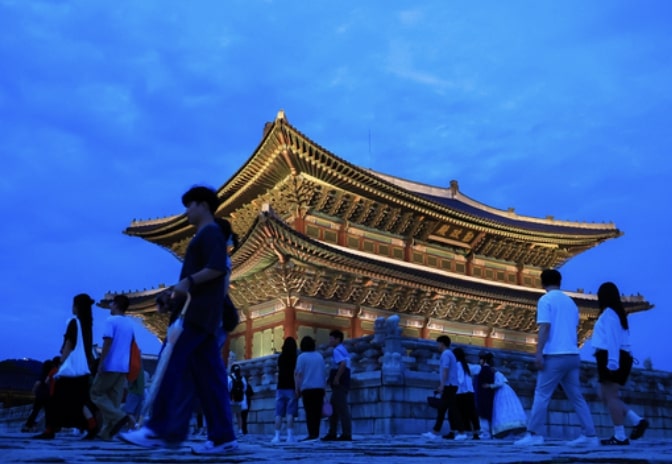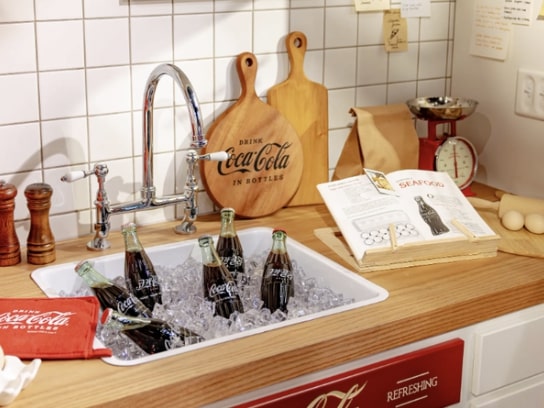
How Does Recycling Work in Korea?
Checklist for Recycling in Korea
1. General Wastes
- All non-recyclable wastes.
2. Food Wastes
- Easiest way to remember what “food wastes” is to think,
“Can animals eat this?” & ”Can it be grounded well in a grinder?”
❌ These are NOT classified as food waste and need to go into general waste.
– Leftover bones of chicken, beef, pork, fish etc.
– Hard-to-grind skins of an onion, corn, garlic, pineapple, etc. that contain a lot of fibers
– Hard shells of nuts, hard rinds and seeds of fruits
– Shells of seafoods, such as shellfish, oysters, etc.
– Sauces like red pepper paste that contain a lot of salt
– Tea bags
– Eggshells
– Coffee bean grounds
3. Recycling Wastes
In general, each category needs their own trash can.
1) Empty anything that’s inside the waste.
2) Remove any other materials attacked to the waste.
3-1. Plastics
- Keep in mind that a clear plastic bottles (PET) and other plastics need to be thrown away separately. (Colored plastic bottles go with other plastics.)
- Disposable plastic plates or delivery plastic containers need to be washed before thrown away.
- White-colored polystyrenes go with the plastics. (Coated polystyrenes go with general wastes.)
3-2. Plastic bags
- Air cap bags, plastics bags, snack packs, ramen packs are included here.
- But! they all need to be clean. Contaminated ones are general wastes.
3-3. Glasses
- Empty the bottle and remove the cap first.
- Broken glasses cannot be recycled and have to go with general wastes.
- Aluminums are included here.
3-4. Papers
- Vinyl coated papers, invoice stickers, and receipts go with general wastes.
- Invoice stickers and tapes on paper boxes should be removed.
- Milk cartons or any cartons that contain liquid need to be separately recycled.

South Korea was no.2 for best recycling
among OECD countries. (2013)
You might have heard about how Koreans take recycling seriously. Yes, this statement is true. Korea is one of the countries that has highest recycling rate. Hearing this fact sometimes scare people who are planning to come to Korea since they don’t know anything about Korea’s recycling system.
UoH is here to help!
We’ll go over the basics that are helpful to know in advance.
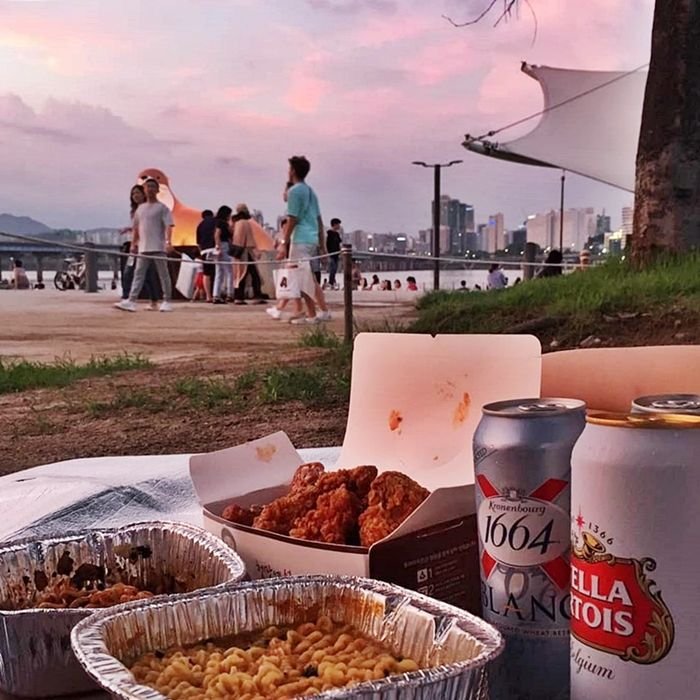
What are go gonna do with the leftover trashes after eating?
Some common travel related situations include :
Getting street foods
Ordering coffee to go
Having a little picnic near Han river (Chicken and beer!).
These situations end up with trash in your hands. Then, what should you do?
Find a trash can. Simple.
3 types of trash cans you’ll generally see.



1 trash can
Simply throw away any trashes you’ve got. A trash man recycles after collecting them all.
2 trash cans
Most common type. One for general waste that can’t be recycled and the other for recyclable waste.
3+ trash cans
Deep diving into the recycling world. Trash cans are divided into the types of recycling materials. This type is often seen in the freeway rest areas and public parks (like Han river parks!)
Public trash cans are easily found inside the buildings, like subway/train stations, express bus terminals, department stores, and malls.
But, here is one thing you need to keep in mind : it’s quite hard to find a trash can outside. If you are taking a walk outside, you might have to bring the trash with you to throw away later (maybe at a hotel or somewhere else).
Why?
The government has intentionally removed trash cans in public areas. One of the main reasons was too many illegal dumping cases. Also, the government considered having public trash cans is not in line with the purpose of “Pay-as-you-throw” system.
Many people say “Do you really think people won’t throw away garbage if there’s no trash can?” and complain about the removal of public trash cans.
But for now, we should talk about what “Pay-as-you-throw” system is.
“Pay-As-You-Throw” System in Korea ????

General waste bag and food waste bag you need to purchase in near convenient store or market.

A plastic bag for recyclable waste. Same type of waste goes in one bag.
The Korean government has introduced Volume-based waste fee system (VBWF), also known as “pay-as-you-throw” system, on January 1995 with the purpose of reducing wastes and encouraging recycling. Everyone has to buy waste bags in near markets and convenient stores. The government’s aim was to motivate people to minimize their wastes and it really worked.
There are two types of waste bag that’s included in VBWF system :
general waste bag and food waste bag. You can use any plastic bags for recyclable wastes.
The price of VBWF waste bags differs by regions and volumes, but it’s usually in between 20won to 1,500won.
After the implementation of this VBWF policy, the amount of garbage per person has decreased from 1.33kg in 1994 to 0.98kg in 2000. The main cause of “pay-as-you throw” system was the garbage mountain located in Sangam-dong, Mapo-gu, Seoul.
Seoul once had Rubbish Mountains ⛰

Before : a landfill site filled with garbage

After : World Cup Park District filled with visitors
Once a landfill site has turned into a park district. We are talking about World Cup Park District in Sangam-dong, Mapo-gu, Seoul.
3,000 trucks of garbage per day, basically all the trash thrown away in Seoul, were collected in this landfill site. From the stench to damaged ecosystem, it was just messed up. People living nearby couldn’t open the windows and had to live with the terrible smell. It was an abandoned land.
These wastes had become a huge mountain (people were even killed by a garbage landslide). The Seoul Metropolitan Government couldn’t ignore this serious problem anymore. They closed down the landfill site in 1994 and started the eco-friendly park project.
The project was successful. The parks were beautifully created and many visitors came in to enjoy the nature, promoting regional revitalization.
The following year, 1995, the government took further step to minimize waste volume : the “pay-as-you-throw” system.

Takeaway coffee cups thrown away in the middle of nowhere.
(*Opinion*)
Yet, like all other countries, there are people who follow the rules and who don’t. If you visit Korea, you’ll see both clean and dirty sides. There’s a tendency that people extensively do waste recycling only in their homes, but not in public areas.
Our assumptions are 1) they trust waste collectors (aka trash men) would clean up 2) genuinely don’t know where to recycle due to lack of trash cans in public.
Anyways,
hopefully this post offered a bit of relief to potential travelers to Korea!
Discussion for Today’s Topic :
How does recycling work in your country?
Please share your thoughts and opinion with us.
—
UoH offers a personal assistant program with two types of services. For traveling in Korea, we assist with any type of reservations, rentals, and personal assistance. For shopping, we purchase anything you need and ship it to your home. Feel free to email us at uofhorang@gmail.com for a quote and to find out how to proceed!
